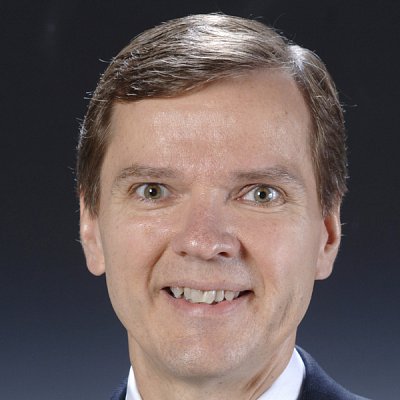
GRAD and PROFESSIONAL Schools
VIEW from the TOP
Tom Green, Ph.D.

I certainly hope that you are enjoying the new layout of SEMQ. Now that we are in our second year of publishing the research from the AACRAO website, Managing Editor Heather Zimar (heatherz@aacrao.org) and I (tom.green@aacrao.org) would appreciate any feedback you can offer us on ease of access, quality of the articles, downloading articles for reference or storage, citation ease, etc. However you use the journal, please let us know how it can even be more helpful to your work and your career.
This edition of SEMQ continues our women in leadership series with an extremely personal and enjoyable article by Kimberley Buster-Williams. I have known Kimberley for years, and she has been one of our strongest leaders in SEM. What I didn’t know was that her grandmother offered her pearls of wisdom over the years. These pearls have been translated into their application to SEM and life in the academy. The construction of her advice around these pearls makes for a thoughtful and sometimes humorous take on leadership.
Drs. Braxton and Hossler, two of my favorite SEM researchers, call us all toward a model of practitioner-researchers and for associations, journals (such as SEMQ), and individuals to create a loop of research and practice. This article reminded me of the Humboldtian model of German university education, where research influenced teaching, and teaching influenced research. The same case is made here, where creating a research (questioning) agenda helps enrollment managers inform their practices and avoid the realm of “SEM by anecdote” (which by definition is an oxymoron). These are two very thoughtful researchers with a wonderful, energizing article on how we can improve the research and practice ecosystem in SEM.
As graduate programs increasingly compete for students, SEM has become a more frequently-discussed idea at the graduate level and, in some cases, is referred to as GEM. Much of the work in this area is nascent, and we have worked to include regular research articles in SEMQ in an effort to catalyze the growth of practice. Jonathan Clayden of CSU Northridge provides a highly advanced article on how their college of extended learning partnered with a private firm to enhance enrollment. While at first glance it may seem an unusual application of a public-private partnership, it may also be a sign of the complexity of SEM/GEM in graduate enrollment that is heading toward American higher education.
If you have not had the time to delve into the various theories around college enrollment that drive enrollment modeling in macro and micro scales (many of us would find this an enjoyable and somewhat nerdy pursuit in the best possible use of that word), you can’t pass up the research of Kelly Perez-Varga, a doctoral candidate at Oakland University. Her article reviews these theories and posits which of them best applies to our current landscape. It provides a succinct review of the major theoretical grouping of why students attend college and what role higher education serves in our society and economy. From these, she distills several as being more applicable than others. It is an extremely valuable resource for understanding these theories and perhaps how your own faculty (and others) may view higher education and student choice.
Few in our profession would debate the hypothesis that financial aid instructions can be complex and daunting. Fewer may debate it after reading Z.W. Taylor and Catherine Hartman’s research on summer melt through the lens of when and how we instruct students to complete those last several steps toward enrollment. Taylor and Hartman are doctoral candidates at the University of Texas Austin and combine practitioner views on the timing of enrollment (or the enrollment cycle) with the complexity of instructions provided at a time when the most vulnerable students have the least resources to help them through these tasks. It is a very well-written and well-presented article that should receive a collective “OMG” from enrollment managers and force us all to take a look at the language, volume, timing, and support for our summer enrollment checklists. It is heartening to see the strong research coming from doctoral students, and it bodes well for creating future research leaders in our field.

